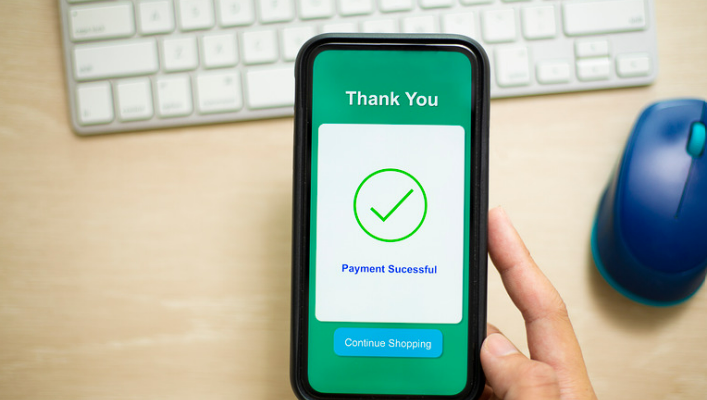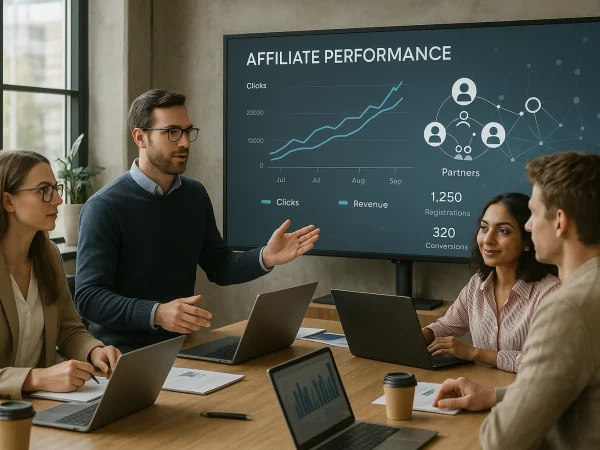
What You Should Know About Payment Screening?
There’s something about being able to transact online from the convenience of your home that makes the world feel like a better place. However, this convenience has a price, both for customers and retailers.
The rise of online transactions with real-time payments has promoted the risk of fraudulent activities that ruin customer experiences and increase the risk of failure in business.
In truth, the Financial Action Task Force (FATF) claims that approximately 2-5% of global GDP (roughly $2 trillion) is lost to laundering each year. This is why payment screening is such a vital input.
What’s Payment Screening?
Payment screening is a real-time, point-of-transaction process that prevents high-risk or prohibited payments, whether incoming or outgoing.
It’s a rather straightforward process that involves comparing the details of transactions against watchlists, sanction lists, and other databases that make it possible to recognise high-risk entities during transactions.
When used in combination with the best phone lookup API available and other data validation, verification, and enrichment tools, payment screening is one of the best safeguards you can use to keep your customers safe.
Besides, it makes it possible to remain compliant in a financial landscape that just keeps on getting complicated.
How Does It Work?
Payment screening can change from one business to the next, but involves the following steps most of the time:
1. Data Collection and Verification
In this step of payment screening, the tools you use will gather comprehensive information about the transaction and the parties involved.
This information consists mostly of identification details like names and addresses.
2. List Checking
The information gathered in step one will now be compared against reputable sanction lists like the Office of Foreign Assets Control (OFAC), and other watchlists or databases that contain high-risk entities to identify potential matches.
While it may seem like a good idea to leverage PEP (Politically Exposed Persons) lists in this step, most payment screening solutions generally avoid it due to the increased false positives.
However, PEP screenings come in handy when onboarding customers and during periodic reviews.
3. Alert Generation and Management
If the list-checking process produces a match, an alert will be generated, thus requiring further investigation.
As a retailer, it’s crucial to have an efficient alert management program that balances security and operational efficiency.
4. Investigation and Resolution
The investigation part is all about engaging trained personnel to look further into a risky transaction to determine if the alert is true or a false positive.
If true the retailer or regulated entity should file a Suspicious Activity Report (SAR) with the right authorities.
Why Is Payment Screening Important?
After learning what payment screening is all about, you can be sure there are indispensable benefits such as:
- Regulatory Compliance: It’s not a surprise this one tops the list. As the world of ecommerce and other online businesses becomes increasingly complicated and regulated, you want to do your best to keep up. Payment screening makes it easier to adhere to anti-money laundering (AML) regulations and other international obligations.
- Risk Control: Failing to identify high-risk transactions in real-time increases the likelihood of your business facilitating illegal activities inadvertently. That’s a problem you can solve by screening payments when processing them.
- Reputation Management: When a financial institution or retail business finds itself in a case that involves financial crimes, it’s usually likely their reputation will take a hit. Payment screening helps you avoid this and bolsters your reputation among clients and regulators.
Know Your Customers Better With Trestle
It’s no secret businesses should adopt conventional solutions to exercise control over financial crime and regulatory breaches.
That way, both the business and its customers can enjoy better protection from the effects of illicit activities.
Trestle supports this objective by providing data enrichment tools that help you uncover more details about your customers and even assess their risk levels. That way, you can stay ahead of existing and emerging threats.





